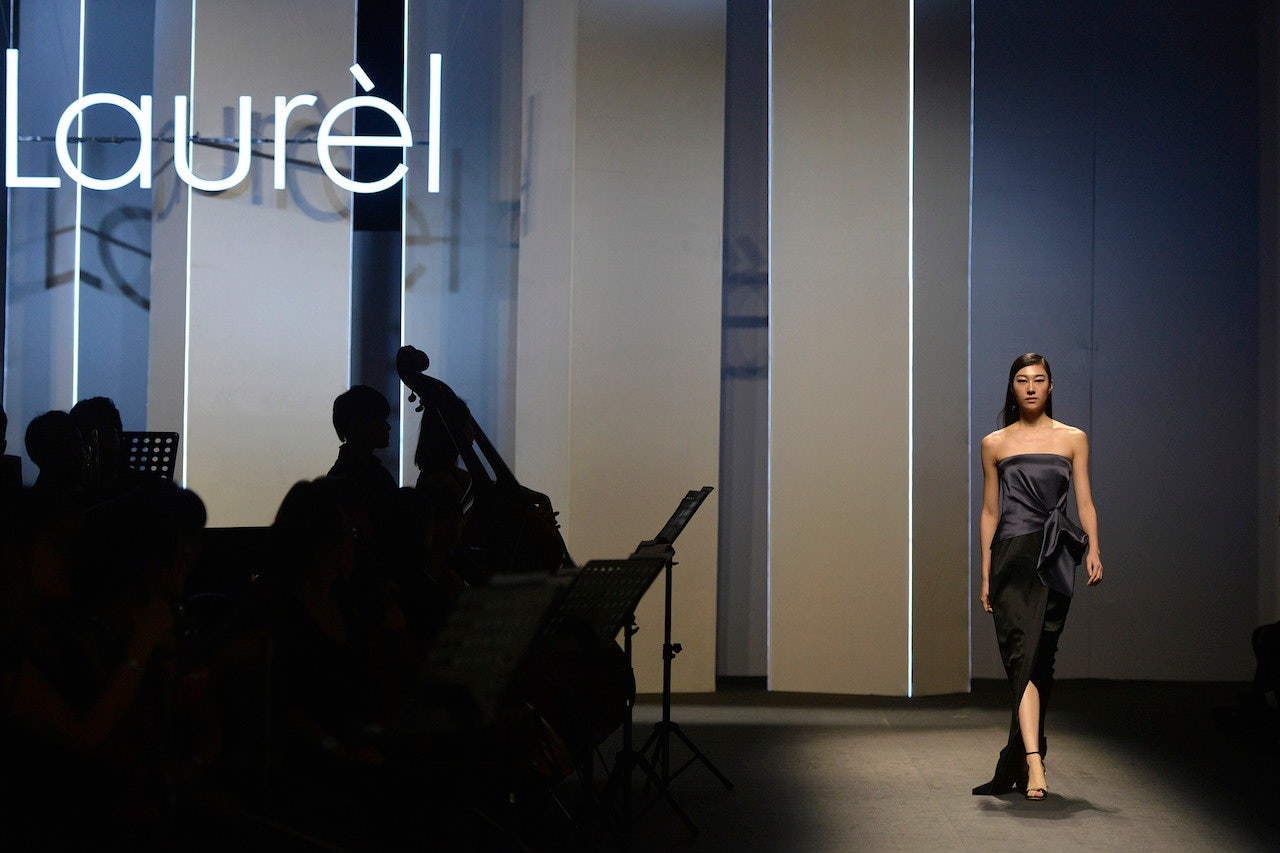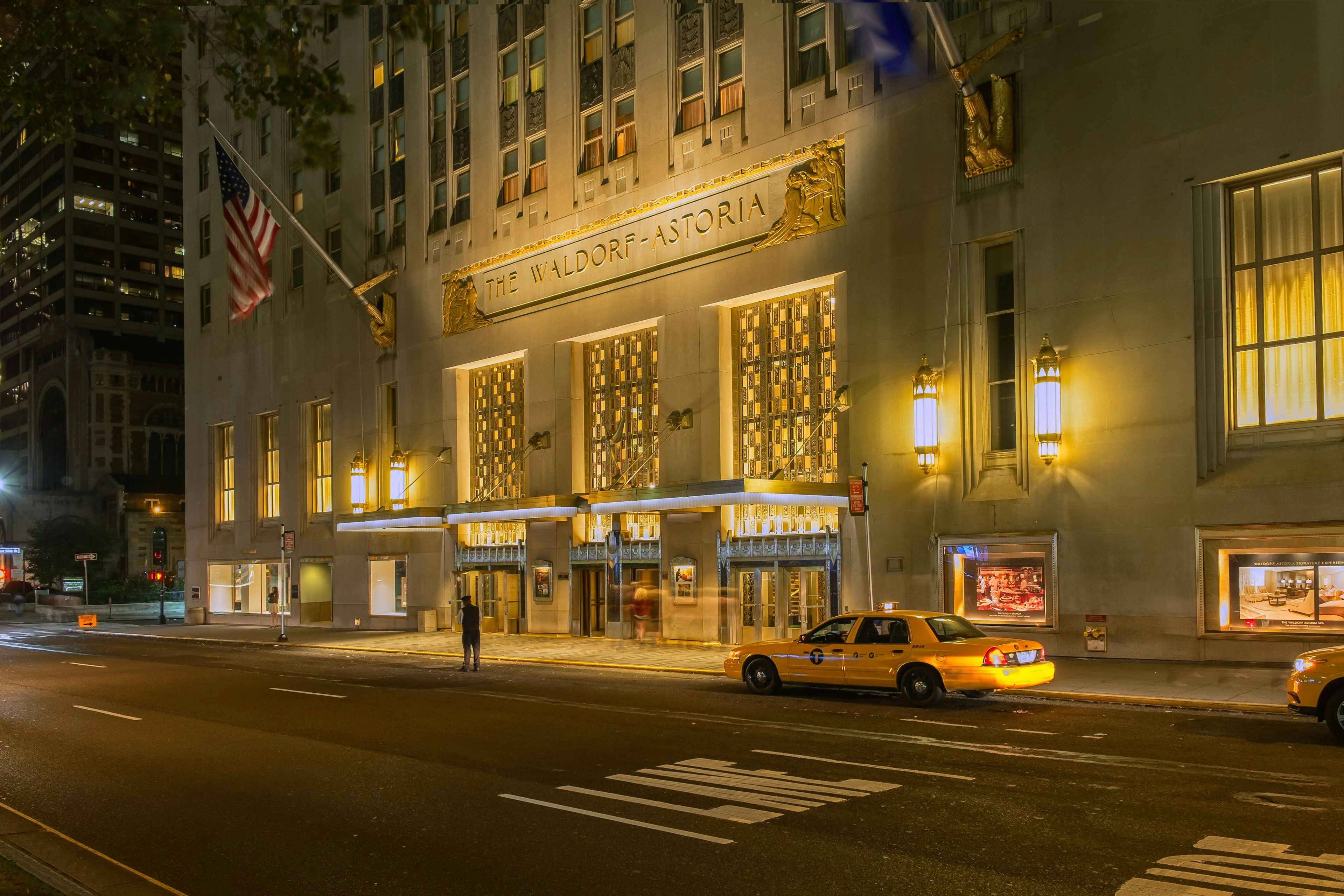It hasn’t even been a week since the New York-based US brand Vivienne Tam announced that Shenzhen Ellassay Fashion Co. had bought 75 percent of Vivienne Tam's brand rights for 37 million yuan.
Since the August 8 announcement, investors have been keeping an eye on this deal and the market reaction so far hasn't been good. Ellassay's stock price dropped dramatically for four consecutive days, marking its lowest point in the company's history.
The predecessor to Ellassay Fashion Co. was founded in 1999 by Xia Guoxin, now chairman of the company, and his wife Hu Yongmei. They became billionaires in 2015 after the company's IPO.
Since the company went public on the Shanghai Stock Exchange roughly two years ago, it has spent nearly 800 million yuan in the acquisition of four overseas brands: German fashion brand Laurél, the U.S. brand Ed Hardy, the French fashion brand IRO and the most recent, Vivienne Tam.
Analysts speculate that the stock fall is a short-term phenomenon, but it reflects bigger problems behind Ellassay's aggressive investment deals.
The aggressive acquisitions were a quick means for Ellassay to transition to a multi-brand high-end luxury group. “We spent the last 20 years building Ellassay into an international brand," said Lan Di, the company's director, in an interview with local Chinese publication China Business network, "but we still lacked a certain standard." "For example," said Lan further explaining the local Chinese brand's growing pains, "foreign brands have a much easier time negotiating deals to launch in malls in China.”
The acquisitions did give Ellassay’s earnings a boost. According to the brand’s 2016 financial report, it’s operating income reached 1.132 billion yuan, an increase of 35.53 percent over the same period last year. But its own brand, Ellassay, did not perform as well. In 2016, the number of Ellassay shops decreased from 347 to 341, and it reported total revenue of 797 million yuan, a decrease of 3.32 percent year-on-year.
Chinese fashion media LadyMax further questioned the company’s current acquisition strategy since the foreign labels that it has acquired are not very well known in China, and the company could run into risk in the long run.
If the China market strategy of Vivienne Tam is not done right, Ellassay could repeat the situation of the Chinese brand Shanghai Tang, which was unloaded by Richemont in July after 19 years of partnership.
A selling point of Vivienne Tam to Western consumers is its fusion of Western and Chinese culture. But for local Chinese consumers, traditional Chinese design elements are not as interesting a proposition. Local consumers are also not familiar with the designer herself. All of those factors present obstacles for Ellassay.
Despite all criticism, Lan said that the company’s goal is to grow into "a single brand to multi-brand China high fashion group." They are planning to buy about 10 brands in the next five years to cover more product categories and make an appeal to a wider demographic of consumers.



